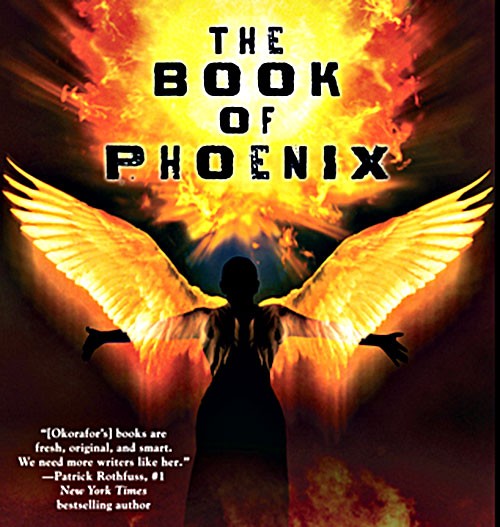Diversity is a never-ending conversation within the publishing industry. I say never-ending because, despite the repeated conversations about the importance of representation within books, as well as the diversity of authors published and books reviewed by various media outlets, the industry continues to be slow to institute real change addressing the glaring lack of representation with regards to race, sexual orientation, and just about any other axis of marginalization you’d care to name.
At Ooligan, publishing diverse voices is something we try to keep in mind during the acquisition process. In the past two years, we’ve published three titles—a YA novel, an anthology, and a travel memoir—written by LGBTQ authors. On the other hand, we’ve published very few authors of color, which we would like to correct. As a book publishing graduate student and aspiring editor, I want to do what I can to promote both publishing and reading minority writers. As a reader and fledgling book reviewer, I am currently trying to do just that.
In early 2015 I read an article by author K. Tempest Bradford titled “I Challenge You to Stop Reading White, Straight, Cis Male Authors for One Year“. The title of the article says it on the tin. To put another way, Bradford challenged her readers to read books written by authors who do not fall into all four identity categories that render these individuals the most privileged in the United States and the most likely to be published, have their books reviewed, and sell more copies than their fellow authors.
For me, the beauty of this challenge was that it was more open-ended than similar iterations (the challenge wasn’t to read only books by women or authors of color or LGBTQ authors) and offered more room for customization. Yet the parameters inherently meant that no matter which authors I read during 2015, they would not be the authors who are more likely to be published, read, and reviewed by virtue of being white, straight, cis, and male all at once.
A couple months into the challenge, I realized I had a problem. I hadn’t read any books by white, straight, cis male authors, true, but the only difference I’d achieved was to read only books by white, straight, cis, female authors. I was technically following the rules, but I hadn’t actually diversified my reading.
Since 2010, I have kept a list of every book I read and the gender breakdown of the authors. In the past five years, I’ve read an average of sixty books a year. Without fail, over 70 percent of the authors I read in a given year are female, which translates to roughly forty-two books a year. (The actual number is likely larger due to instances in which I’ve read more than one book by the same author in a given year.) I decided to go back and calculate how many authors of color I’d read for each of those years. The percentages ranged from 11 to 16 percent for each individual year (roughly seven to ten books a year).
It’s important to read diverse books and books written by diverse authors. It is equally important to approach reading diversely with an awareness of what your personal blind spots are. Following my realization, I made a much more conscientious effort to address the gap in my reading. By the end of 2015, I had read a total of sixty-three books, of which twenty-four (or 38 percent) had been written by authors of color. A noticeable step up from the previous years.
The key for me (and I’d argue for others as well) to genuinely keep reading diversely and publish diverse authors is to be mindful. It means knowingly paying attention to who you’re reading and who you’re publishing, and when you notice a lack, sticking to your guns and doing something about it. This year my plan is to read one book by an author of color for every book I read by a white author. This way I won’t be able to not notice if I happen to be reading more white authors than not. The overall goal is to get into this mindset so that it becomes a natural part of my reading routine.
Here’s to a year of reading more mindfully and more diversely.

